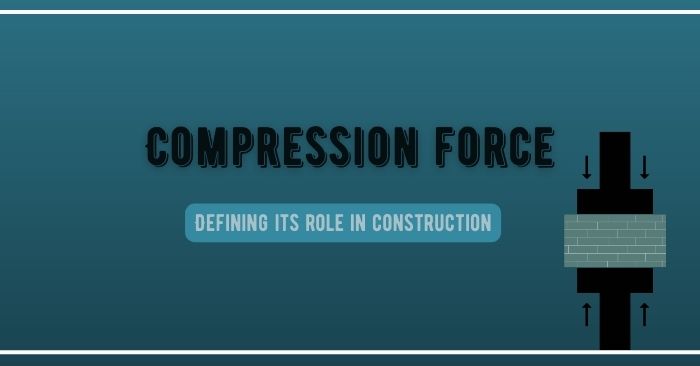Email: [email protected]

In the world of construction, compressive forces are seen all around us. From beams holding up tiles or concrete blocks being the base of structures, there’s a continuous “push” always happening. So, what exactly is compression force, and what are some of the standards needed to ensure the quality of a build?
A compression force is when forces push an object or substance close together. When buildings are constructed, a column is installed to bear the load of materials. Even though the difference is not perceivable, the weight of the substances bearing force on the columns will compress them.
When concrete can withstand compression forces such as heavy loads, this displays its strength and endurance. The compressive force load concrete can withstand is a testament to its quality.
When contractors construct buildings, it’s of high importance concrete columns are of high strength to bear the load of many forces. A failure to do so can be both costly and dangerous.
Typically, the compressive strength of concrete varies between 2500 and 4000 PSI. As a whole, standard buildings often require a compressive strength of at least 10 MPa to 60 MPa (1450 and 8700 PSI) for safety.
Whereas compressive strength withstands forces compressing on an object, tensile strength refers to the resistance of tension. When a wall can withstand high winds and rain, it resists the tension of these forces, meaning it has tensile strength.
When contractors build buildings, they rely on compression force tests to ensure the quality of the building and safety.

Originally from the midwest, Natalie and her husband Brian spent many years following his career but knew they were forever home when they made it to the Lowcountry. During vacations on Kiawah Island, they would dream of retiring to the South Carolina coast. When an opportunity presented itself to move to Bluffton much earlier than they envisioned, it was a “no brainer” and has proven to be one of their family’s best decisions. The two things Natalie loves most about the area are the community’s welcoming attitude and the always changing, but consistently breathtaking, views from the Lowcountry bridges. “It seems that everyone you meet in Bluffton and Hilton Head loves their community and genuinely wants you to fall in love with it, too…whether it’s for a week of vacation or to plant your own long-time roots.”